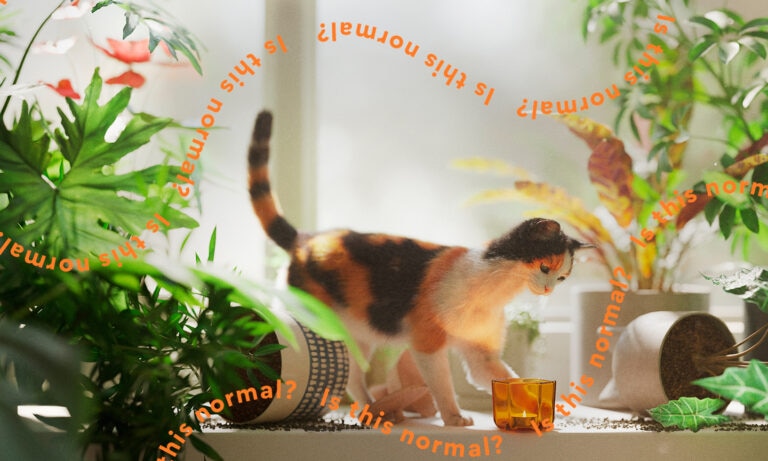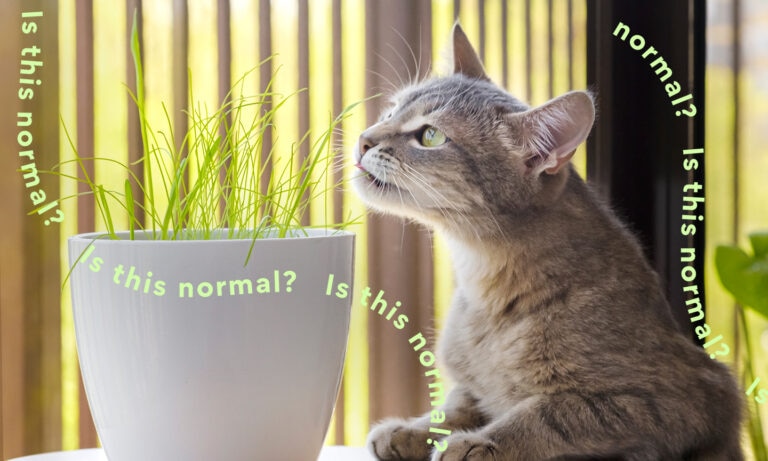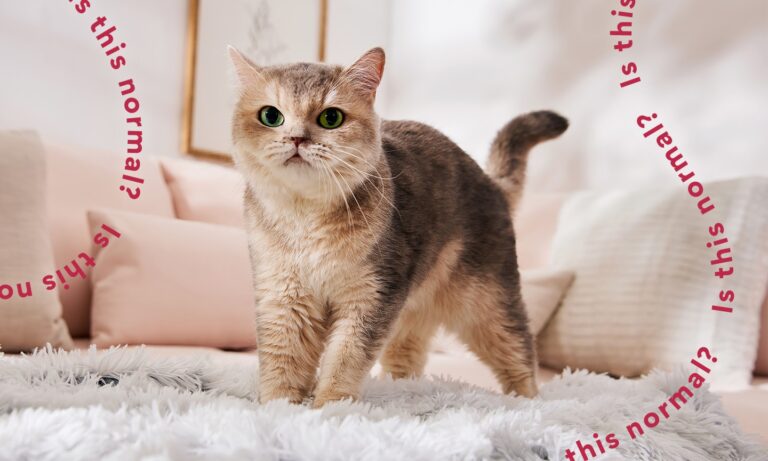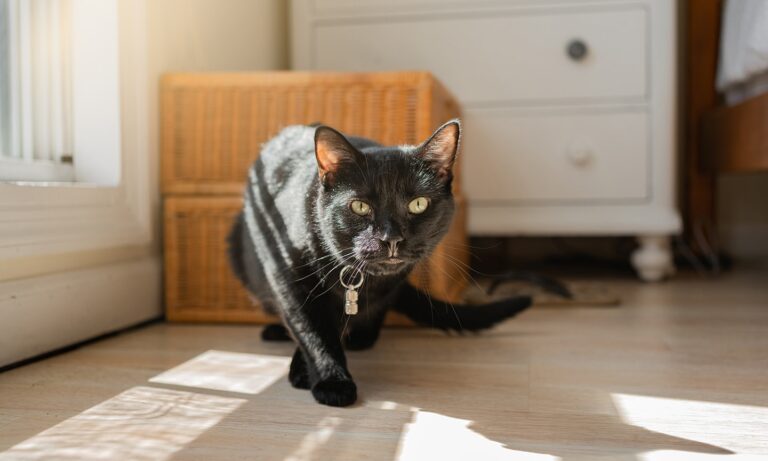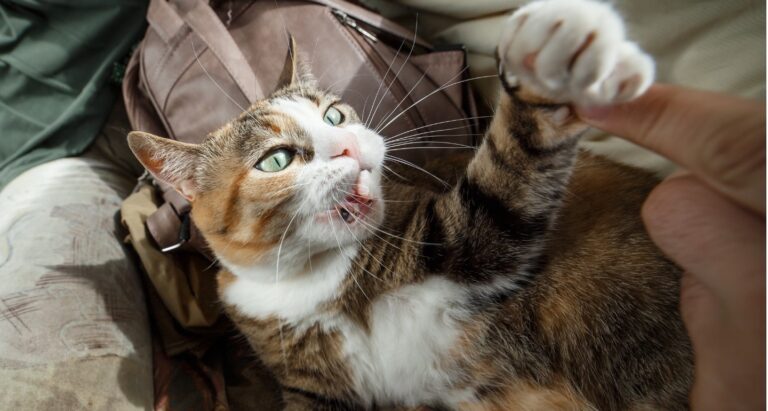How To Keep Cats off Counters
Cats are known for being curious—sometimes downright mischievous creatures who love to explore every nook, cranny, cubby, and high spot they can find. That definitely includes the kitchen counter.
That said, if your favorite indoor cat is all about that counter-surfing life, know that you’re not the only pet parent dealing with this seemingly odd behavior. And while your kitty may have free reign over the rest of your home, there are some important safety reasons why you might want to discourage them from hanging out near hot burners and human food.
Ahead, we’re exploring some reasons why cats like perching on kitchen counters, and what cat parents can do to curb this behavior.
Why Do Cats Like Countertops?
Kitchen counters are extremely inviting to cats, for a handful of reasons. Let’s dive into the specifics about why cats like hanging out on countertops so much.
They Love High Places
Cats have retained a few wild instincts from their ancestors, including the desire to perch as high as possible. “Being able to look over their territory from above helps keep them safe from predators,” explains Samantha Bell, a Los Angeles–based cat expert for Best Friends Animal Society, a nationwide network of animal shelters headquartered in Kanab, Utah. “Even though our domestic indoor cats don’t need to worry about actual predators, their instincts still tell them that being up high is the best way to oversee the action and get away from things that cause them stress.”
Countertops Feel Sturdy
Cats are great at jumping, and when they land they prefer to do so on a nice, sturdy surface. “Once they’ve figured out that the counter is sturdy, they will continue to jump there without hesitation,” says Bell.
Kitchen Countertops Are Full of Food
“We might call them ‘countertops,’ but if a cat could speak they might call them ‘the grocery store,'” says Stephen Quandt, a certified cat behavior specialist in New York City. “They associate countertops with good smells, as well as their food—and human food—and they want it!” Once cats get a taste of food on a counter, it’s seen as a reward in their eyes.
It's Close To Running Water
Cats love running water, and kitchen countertops put them in close proximity to the sink. If you have a leaky faucet, your cat may be drawn to it. They might also hang out in the area waiting for you to flip that magical switch.
6 Ways To Keep Cats off Counters
As much as you’d love to let your favorite feline friend go wherever they please, countertops should be off-limits for kitties since it’s where humans prepare and keep food. Dirty (adorable) kitty paws and the items we consume simply don’t go together. Plus, kitchen counters can pose some potential hazards, like sharp knives, hot surfaces, open flames, or toxic foods your kitty shouldn’t eat.
Follow these expert tips and tricks to help keep your cats off the kitchen counters.

1. Give Them a Tempting Alternative
We can’t completely eliminate a cat’s instinctive desire to sit in a high place with a nice vantage point. “Not allowing cats to express instinctive behaviors causes them stress and creates even worse behavior issues,” notes Bell. Punishing them when they climb onto the countertops—by using loud noises or squirting them with a spray bottle—also won’t work.
Instead, we need to provide them with an appropriate alternative to the counter that’s going to satisfy their needs, then use positive reinforcement when they use that alternative.
Some good alternatives include:
- A chair or stool next to the countertop: “Find their favorite treat and reserve it for when they’re on the stool. Never set the cat on the stool, though,” says Bell. “They need to choose to go on the stool on their own and then get rewarded for it. When you catch your cat on it, reward them with something of great value to them.”
- A cat tower: Quandt recommends putting a cat tower or climbing tree in another room to provide your cat with a place to perch. If it has cubbies, scratching posts, catnip, and toys associated with it, these things can help draw and keep your cat’s attention. A couple of excellent options include the Yaheetech Cat Scratching Tree and Frisco’s 42-inch Heavy Duty Faux Fur Cat Tree & Condo.
Recommended Products
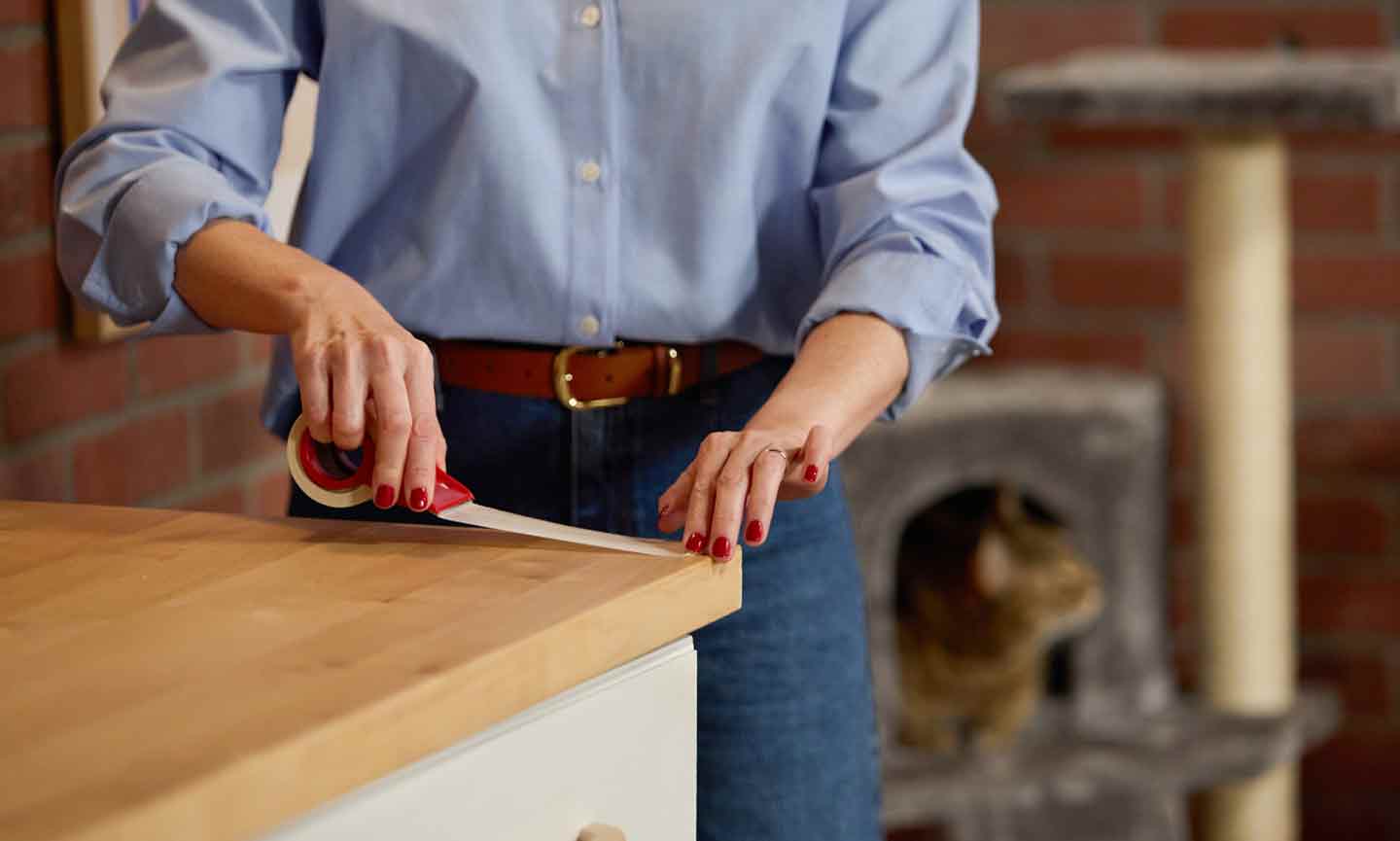
2. Use Environmental Deterrents
As mentioned above, it’s really important that you don’t punish your cat for jumping up onto the kitchen counter. This can potentially harm your relationship with your cat (even if you’re gentle!), and in many cases they’ll just associate the scolding with you being in the room—not with them being on the countertops.
“Passive, environmental deterrents won’t hurt or scare your cat, but will convince them not to walk [on kitchen counters],” says Quandt. “Cookie trays with water in them, aluminum foil, and double-sided tape on the edge of the counter are examples of what’s called ‘remote correction’ in which you don’t get the blame.”
Recommended Products

3. Remove Temptations
Cats have an impressive sense of smell, so if there’s anything tempting on the countertops, then you better believe their nose will take them straight to the source. As a good rule of thumb, don’t leave food out on the countertops.
“Some cats will benefit—and you will, too—if you don’t prep their meals on your countertop,” Quandt adds. “For cats who can’t resist a climbing expedition when you crack open that can, consider turning a different part of your home into the ‘food area.’ Your cat will quickly learn this and will follow you to that area at mealtime.”
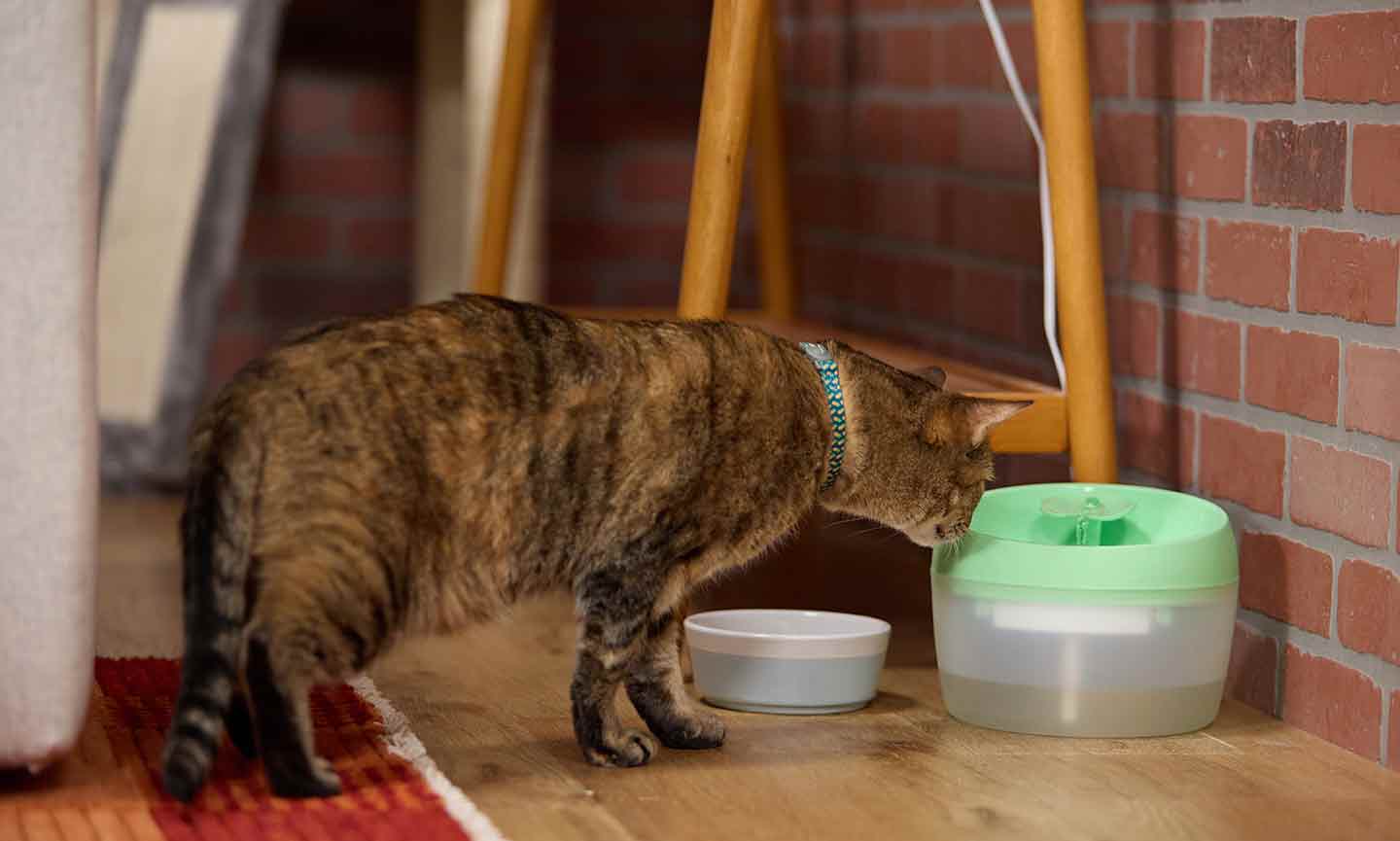
4. Provide a Running Water Dish
If it’s the running water your cat seems to love, then consider providing them with a water dish with a water fountain feature. These keep water flowing, which is enticing to your feline friend. The Catit Flower Plastic Cat Fountain is a cute option that features a little daisy on the top. For a more streamlined option, consider the Pioneer Pet Stainless Steel Dog & Cat Fountain Raindrop Design.
Recommended Products
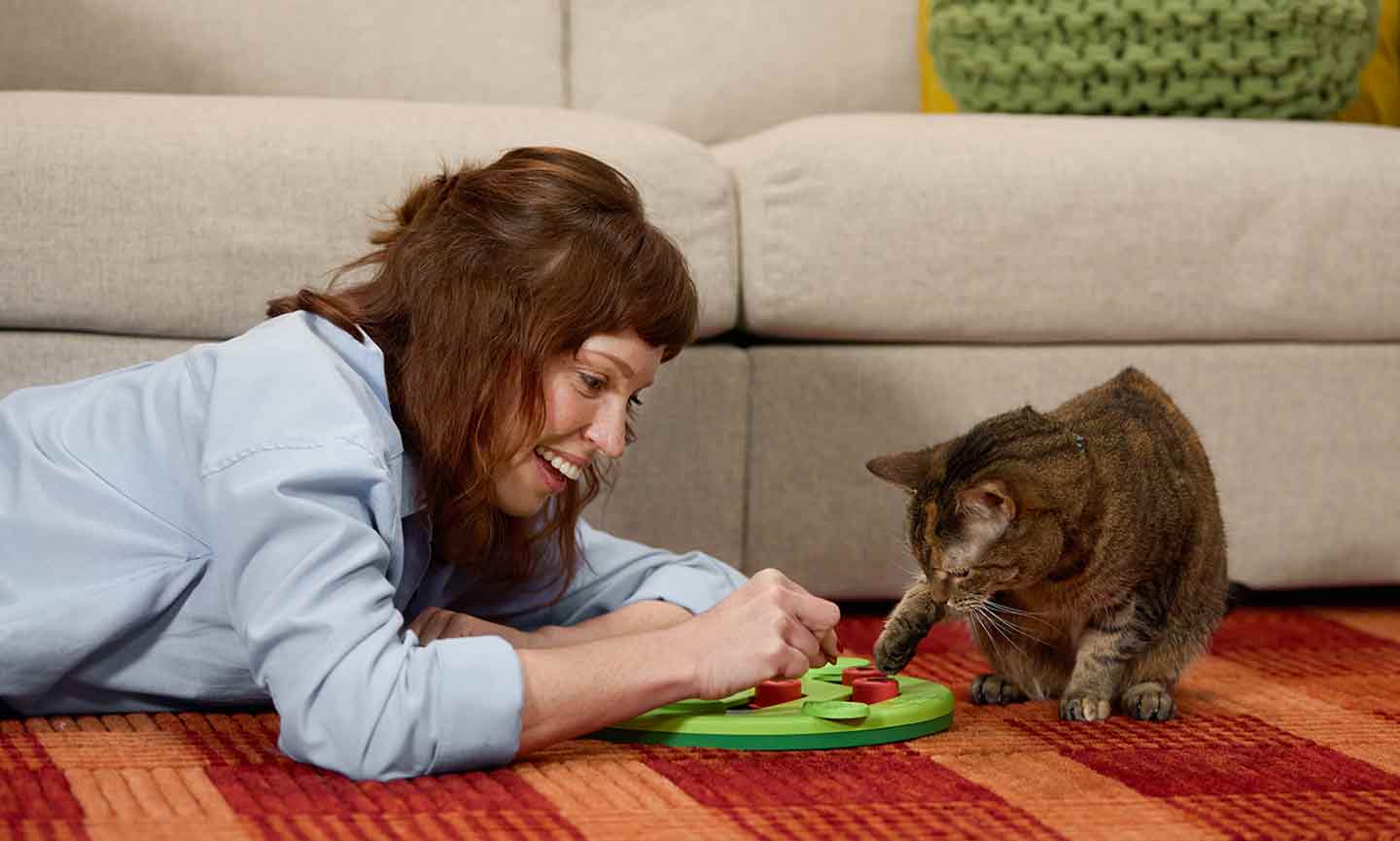
5. Engage Their Mind With a Puzzle Feeder
Prowling the kitchen countertops for scrumptious morsels or other interesting finds is mentally stimulating for your cat. You can recreate that same sense of curiosity by providing your cat with puzzle feeders. Quandt recommends keeping one in the kitchen and loading it up with their daily allotment of treats.
Try something like the Catit Senses 2.0 Cat Digger Slow Feeder or Doc & Phoebe’s Cat Co. Indoor Hunting Cat Feeder Kit. You can also DIY your own food game by hiding treats in fun spots, like near their cat tree, scratcher or by the windowsills.
Recommended Products
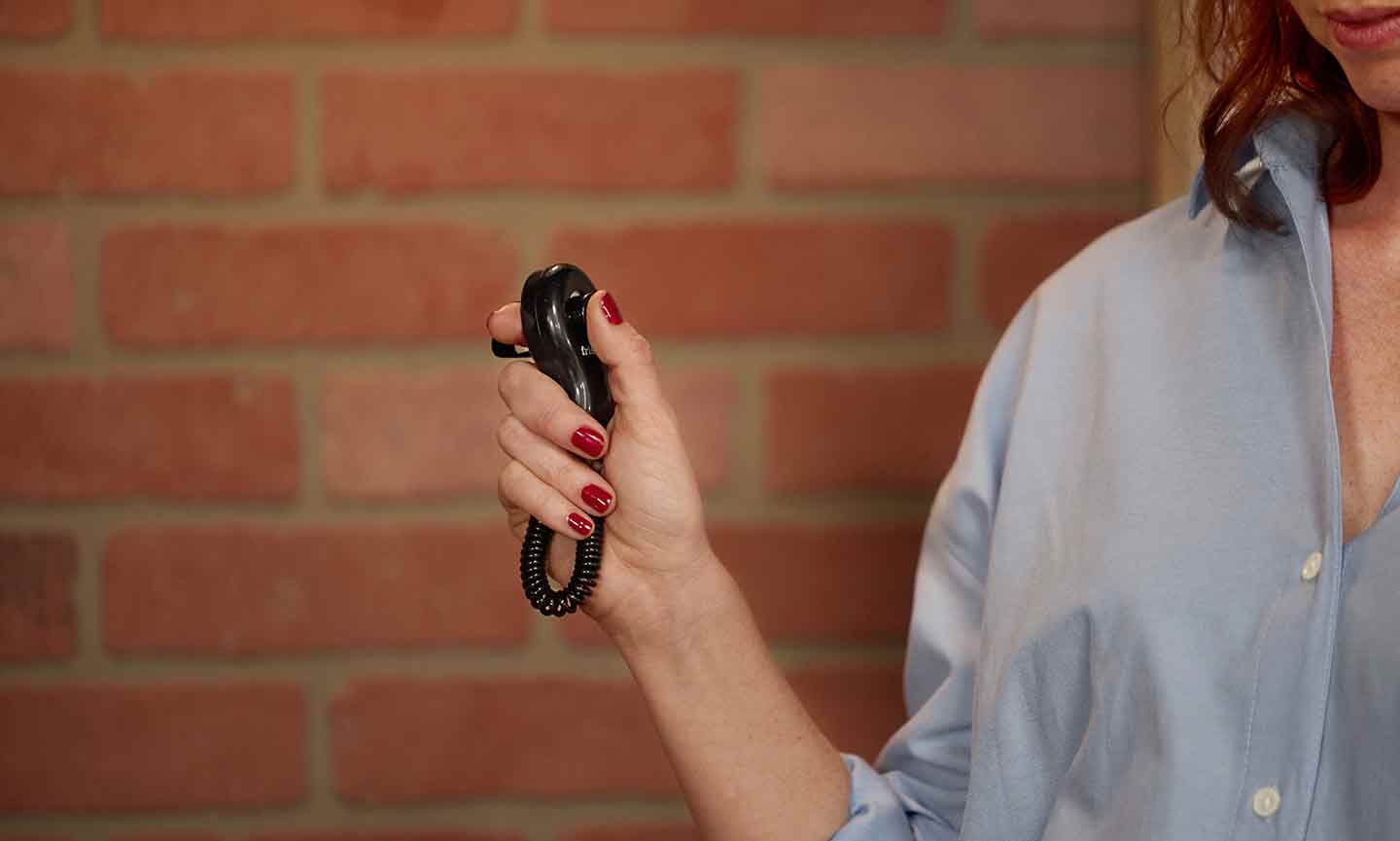
6. Try Clicker Training
Clicker training involves teaching a cat to associate a sound with a reward, and Quandt says it is a very powerful teaching tool. (Check out the Frisco Pet Training Clicker with Wrist Band.) If your cat jumps on the counter, place a treat on their cat tower, the ground or their bed, and then use the clicker once they jump off.
Over time and with enough repetition, your cat will associate the clicking sound with jumping off the countertop whether there’s a treat involved or not. When you’re in the room, this allows you to simply click the device to get them off the counters.
Curbing this cat behavior can take some time, so practice patience with your four-legged friend and stay the course. Quandt says, “Think about training your cat not to jump up as an opportunity to provide enrichment and positive reinforcement to engage your little hunter and deepen the bond between you and them.”
That advice applies to all sorts of training, including keeping your cat from scratching furniture and general cat care advice on how to enrich your indoor cat’s life.
Expert advice provided by Samantha Bell, a Los Angeles–based cat expert for Best Friends Animal Society; and Stephen Quandt, CFTBS, certified cat behavior specialist and founder of Feline Behavior Associates in New York City.
















